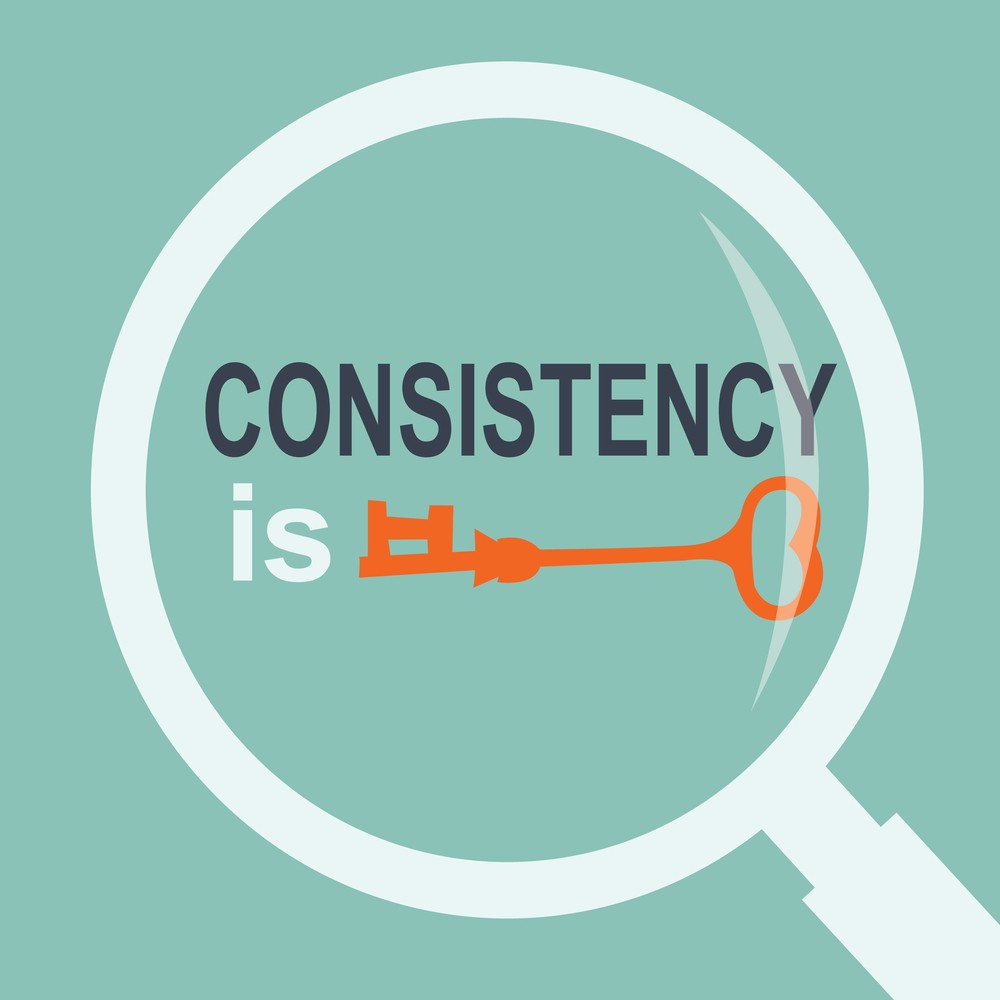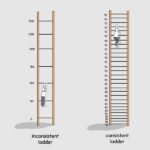Learning Spanish is a rewarding endeavor, opening doors to new cultures, travel experiences, and career opportunities. But a common question lingers: how long does it actually take to learn Spanish? This guide provides a detailed breakdown of the factors influencing learning time and offers practical tips to accelerate your progress.
Factors Affecting Your Spanish Learning Journey
Several variables impact how quickly you can achieve fluency in Spanish. These include:
1. Desired Fluency Level
Conversational Fluency: Understanding and participating in everyday conversations requires approximately 250-350 hours of study, achievable in 8-12 months with consistent daily practice.
Native/Bilingual Proficiency: Reaching near-native fluency demands significantly more time and immersion, often requiring years of dedicated study and practice.
2. Motivation and Commitment
Your dedication plays a crucial role. Strong motivation fuels consistent effort, accelerating your learning pace. Setting clear goals, tracking your progress, and finding enjoyable learning methods can significantly boost motivation.
3. Learning Methods and Resources
Effective study habits and quality resources are essential. Utilizing diverse learning materials, including textbooks, online courses, language exchange partners, and immersion experiences, optimizes learning.
4. Linguistic Background
Prior knowledge of Romance languages, like French or Italian, can expedite learning due to shared vocabulary and grammatical structures. English speakers also benefit from the Latin roots present in many Spanish words.
5. Immersion Opportunities
Living in a Spanish-speaking country or regularly interacting with native speakers significantly accelerates fluency development through constant exposure and real-life practice.
6. Focused Skill Development
Tailoring your learning to prioritize specific skills, such as speaking, listening, reading, or writing, can accelerate progress in those areas. However, a balanced approach encompassing all skills is crucial for overall fluency.
The Fastest Way to Learn Spanish: Immersion
Immersion, whether through living abroad or creating an immersive environment at home, is widely considered the most effective method. Constant exposure to the language accelerates learning by:
- Enhancing vocabulary acquisition
- Promoting natural language processing
- Developing cultural understanding
Mastering Spanish Fluency: Consistent Practice
Regardless of your chosen method, consistent practice is paramount. Engage in daily activities like speaking with native speakers, listening to Spanish music, watching movies, and reading books.
Conclusion
The time required to learn Spanish varies depending on individual factors. However, with dedicated effort, effective strategies, and consistent practice, achieving conversational fluency within a year is a realistic goal. Embrace the journey, stay motivated, and enjoy the rewards of becoming a Spanish speaker.

